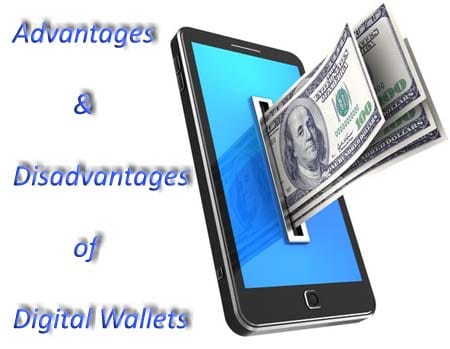A cloud digital wallet stores your personal and financial information online, allowing you to make purchases on the web, in stores, and within apps. When you add your payment details to a digital wallet, the software encrypts and protects the data. The main difference between traditional on-site servers and this type of software is that it runs on the cloud.
There exist many different digital wallets, each with their own features. The basic digital wallets allow building various solutions with different functions. Leading cloud digital wallets enable integrations with e-commerce platforms, payment providers, service providers, or customer relationship management systems.
Several key parts of the business could be adjusted into an active workflow:
- Creating and managing accounts;
- Peer-to-peer payments and internal transactions;
- Managing fiat currency and cryptocurrency on private accounts;
- Integrating with third-party vendors;
- Managing the backend operations;
- Accessing the system across platforms;
- Tracking various assets within the business data flow.
Digital wallets are becoming more popular for online shopping as they allow convenient payments without cash or credit cards. These tools also help retain customers and communicate directly, affecting lifetime value and break-even points. They provide extra security too, since payment details are encrypted in the digital wallet.
What are the Benefits of Cloud Digital Wallets for Clients?
The digital wallet is the digital equivalent of your traditional wallet which can store your financial details and account information, helps you load money, seamlessly transact, and transfer money from one wallet to another using your mobile phone. Most digital wallet providers in today’s world provide added services which include, amongst other things, the storing of loyalty cards, coupons, and other information such as that.
People are more likely to opt for a digital wallet nowadays given the advantages over the traditional one. The biggest benefit from this is that it will enable you to keep track of your finances by putting all your financial information in the same place.
One more thing it can do for you is to make sure you don’t have to disclose your credit or debit card number, as well as your personal information, every time you make a purchase. The remaining lot of digital wallet providers have some additional features that can help you in shopping and handling your finances to be simple and convenient.
Are Traditional Digital Wallets More Secure than Cloud Wallets?
There are different types of architecture and overall approaches toward wallet creation. Some of them, like open-code or low-code products, have certain historical breaches. Think about this as the historical native development of the solution. Its core may be 10-15 years old with certain outdated practices of the product development lifecycle and tech stack.
The errors and insecurities pile up and are there to be breached. Even more, the software of the wallet does not cover all the integrations and business needs your company may naturally have. So, these basic settings of poor coding and development build up with the issues on the third-party providers’ side.
Modern versions of the digital wallets are mostly secure by their design unless they have some old multi-asset ledgering inside. Such wallet composition allows updating of the module or the core without all business process disruption. Now, they moved from Java EE to a more modern stack and updated the core for their previous clients without making them rework their API integrations with tens or maybe hundreds of endpoints.
So, from their perspective, the question is not on the way their product is deployed, but on the way, it is designed. The cloud wallet based on the modern stack is most likely an infrastructure-agnostic product. It means that it is either a cloud or in-house solution, running the AWS, Azure, or any other popular server setup. The deployment type does not indicate the level of security, but the flexibility in possible deployment indicates the fact whether this or that version is more or less secure.



![10 Best Podcast Recording and Editing Software [2024] 10 best software for podcast recording and editing](https://allusefulinfo.com/wp-content/uploads/2022/02/software-for-podcast-recording-editing.jpg)
